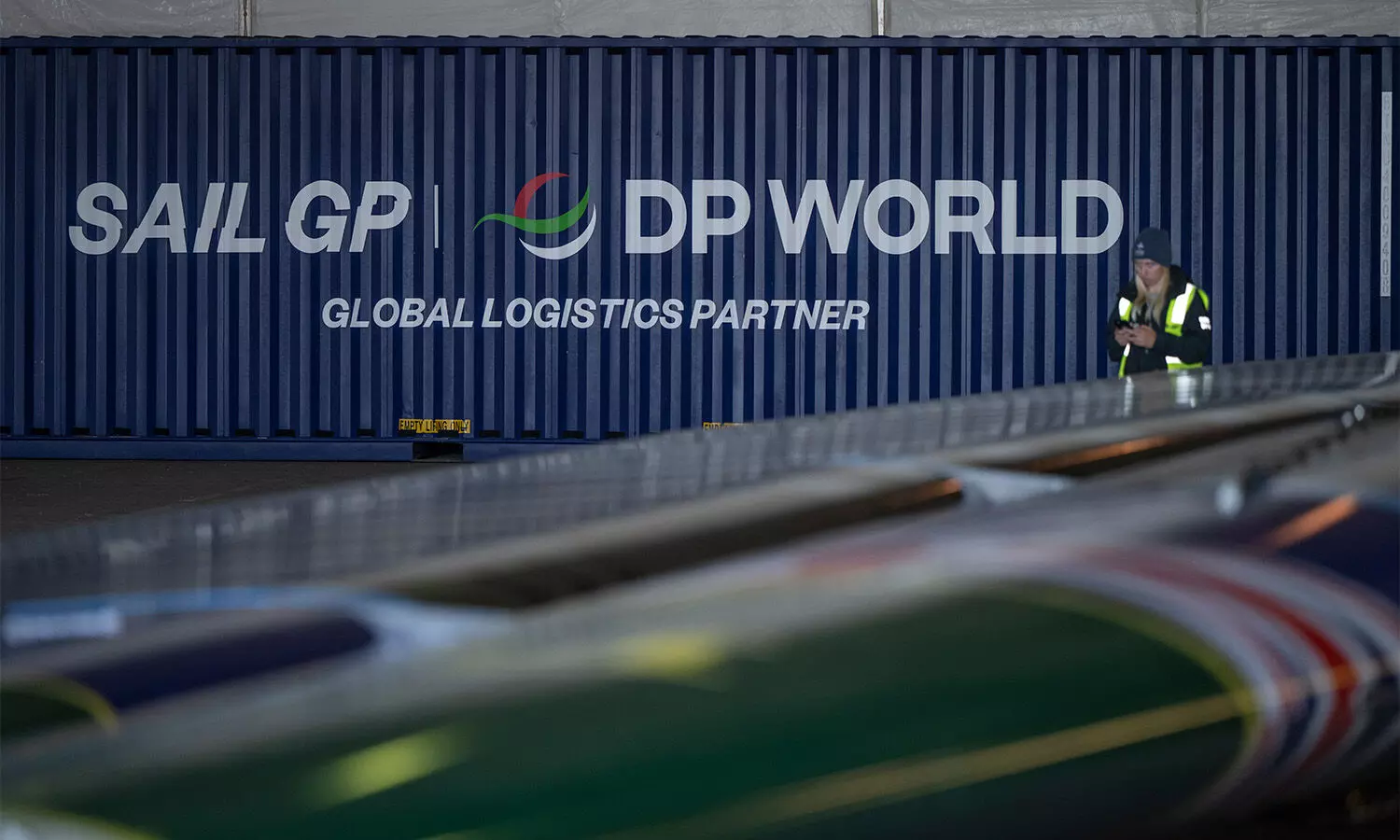
What it takes to keep SailGP sailing worldwide
Behind SailGP’s spectacle lies a global logistics race, moving boats and gear with precision across continents.

As SailGP’s foiling catamarans skim oceans at electrifying speeds, another race unfolds far from the spotlight. It is the complex movement of boats, equipment, and infrastructure across continents, orchestrated with clockwork precision to keep the global sailing league on schedule. From ports to race villages, this unseen journey is what transforms a concept into a spectacle, ensuring SailGP delivers on its promise as sport’s most international competition.
For many fans, SailGP is about the breathtaking imagery: futuristic catamarans rising out of the water on foils, teams racing neck and neck, and stadium-style racecourses that bring elite sailing closer to spectators than ever before. But to insiders, what makes the league remarkable is not only what happens on the water but also the feat that makes it possible off it. Behind every Sporting event lies a complicated logistical operation, one that spans continents, negotiates customs regulations, adapts to port conditions, and runs on a finely tuned clock. Without it, the sails would never rise.
The global scale of SailGP presents a challenge that few other sports encounter. Unlike football, which travels with players and minimal kit, or Formula One, which moves between circuits with years of planning baked into fixed venues, SailGP brings its entire infrastructure along with it. Each race is essentially a pop-up stadium, complete with temporary team bases, hospitality areas, broadcasting setups, and a working pit lane where the F50s are assembled and serviced. Once a race concludes, the entire village must be dismantled, packed, shipped, and rebuilt in a new city within weeks.
That reality demands a logistics partner with reach, flexibility, and precision. Andrew Thompson, Managing Director of SailGP, calls it “one of the most complex logistical operations in sport. Transporting this scale of race equipment around the world means we need to work with industry-leading, forward-thinking partners,”He notes that thousands of pieces of equipment must be transported safely and punctually for every event, often across oceans and borders. Thompson explains, underlining the importance of coordination and reliability in keeping the season moving.
The F50 catamarans themselves are at the centre of this operation. Each boat is disassembled into meticulously catalogued components that fit into custom-built containers. These containers travel via sea freight as the backbone of the operation, while smaller but urgent shipments may move by air. Once they reach the destination port, cranes and trucks take over, carrying the precious cargo to race villages where technicians reassemble the boats with the care of aerospace engineers preparing aircraft for flight. In this process, nothing is left to chance. Every nut, bolt, and foil has a place, and every movement is tracked.
Sustainability has become a defining theme of SailGP’s identity, and logistics plays a decisive role in aligning the league’s values with its operations. The league’s Impact League, where teams are scored on their ability to reduce carbon emissions and promote inclusivity, extends beyond the boats and into the way they are moved. Routes are carefully planned to minimise emissions, packaging is optimised to reduce waste, and carbon accounting is conducted for every leg of the journey.
The Port of Southampton, where the fleet arrived ahead of the Emirates Great Britain Sail Grand Prix in 2025, offers a striking example. The delivery was not only a logistical achievement but also a sustainability showcase. The port, aiming to become the UK’s first net-zero hub, powered its operations using hydrotreated vegetable oil, reducing emissions by over 80 percent. For SailGP, this was not symbolic but essential, proving that even heavy logistics can contribute meaningfully to the sport’s climate goals. DP World executives emphasised that their role was not only to deliver but also to evolve how logistics itself functions in a net-zero era.
Logistical precision also extends to how the league copes with the unexpected. In recent seasons, SailGP’s operations have been tested by tight turnaround times, fluctuating customs requirements, and global disruptions to shipping routes. Having integrated control systems and centralised oversight has allowed SailGP to maintain continuity even under pressure.
The partnership model has allowed SailGP to consistently deliver events without delays or cancellations, maintaining the league’s credibility in an increasingly crowded sports calendar. Surveys within the organisation have reported improvements in delivery efficiency and stakeholder satisfaction, suggesting that the investment in logistics is yielding not only operational reliability but also confidence among athletes, teams, and sponsors.
SailGP’s expanding calendar is making the challenge more intense. With new host cities eager to bring the competition to their waters, the league’s logistics chain is under pressure to scale. Each new venue comes with unique obstacles, different port facilities, varying customs rules, and new urban constraints on moving equipment into the heart of cities. Yet with each successful move, the league demonstrates that it has built a model adaptable enough to sustain global growth.
It is worth remembering that this logistical performance is not visible to spectators. Fans tune in to watch boats fly above the water, not containers arrive at ports. They cheer for the winning team, not the cranes and forklifts that rebuilt the race village days before. And yet, without that invisible race against time, there would be no visible race at all. In this sense, the logistics are not merely a support function—they are the foundation of the sport itself.
The hidden story of SailGP is that its drama begins long before the start gun sounds. It begins in warehouses where equipment is packed, on ships crossing oceans, at ports where cranes unload containers, and in the hands of technicians who reassemble the boats piece by piece. Each stage is its own contest, measured not in seconds but in precision, foresight, and resilience. The league has shown that sport at this scale cannot be sustained without logistics at an equal level of performance.
As SailGP looks ahead, chasing not only speed records but also its ambition to be the world’s most sustainable sports league, logistics will remain its silent partner and greatest enabler. The foils may lift the boats, but it is the global movement of resources that lifts the league. The spectacle on water is powered by a spectacle of planning, engineering, and coordination on land.
In the end, SailGP reminds us that the drama on the water is only half the story. The catamarans may fly in full view of the crowd, but the real race is the one fought behind the scenes by the shippers, crews, and logisticians who move an entire sport across oceans so the show can go on.

